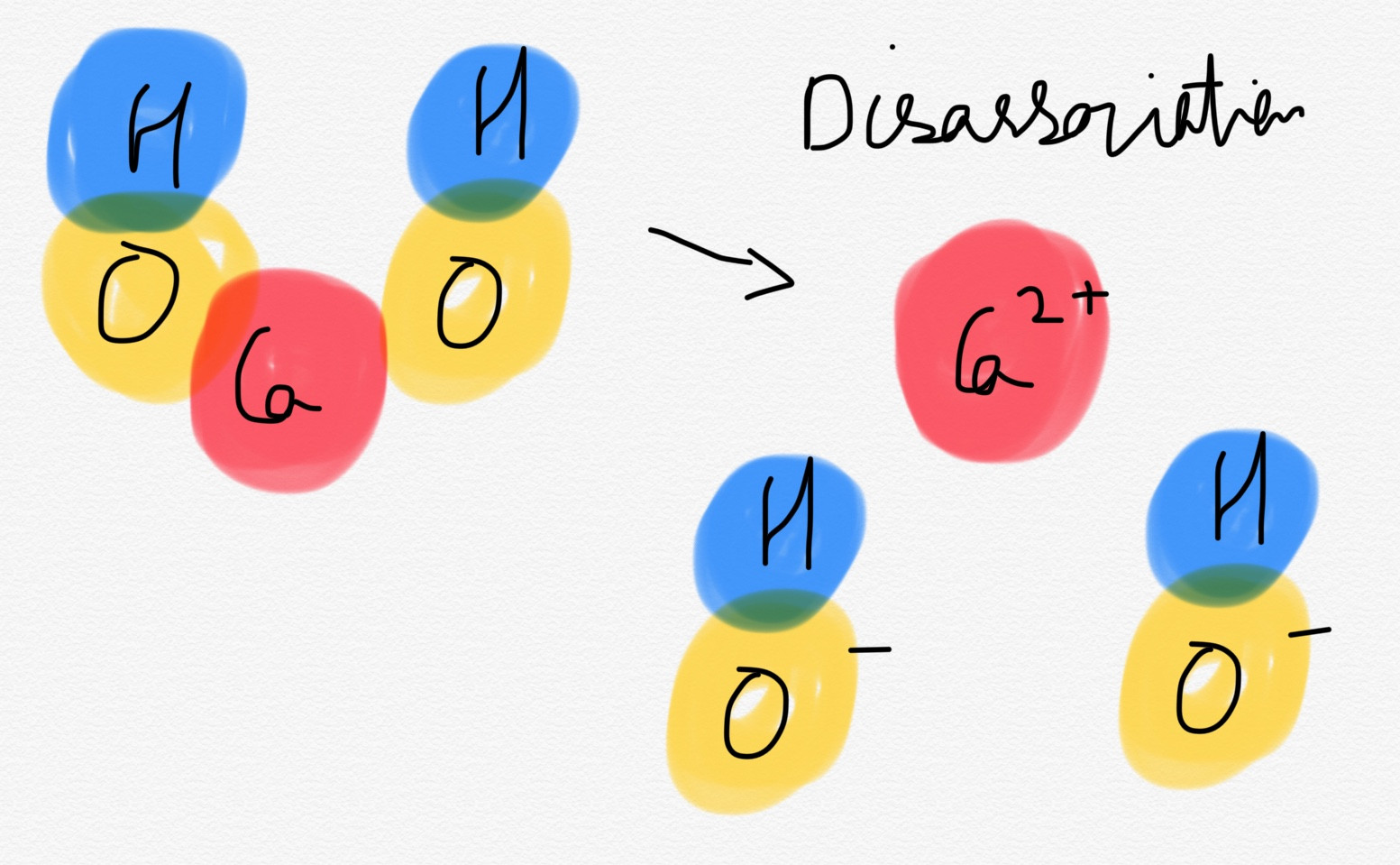Why does the addition of carbon dioxide to calcium hydroxide create the precipitate calcium carbonate? What happens chemically for such a molecule to form? How exactly do their interactions come into play?
Now CaOH isn’t terribly soluble in water but the parts that do dissolve, disassociate into their respective OH- and Ca2+ ions. So when we bubble CO2 through the CaOH solution the calcium ion is attracted to the partial negative charge on the oxygen atoms of carbon dioxide. So that forms CaCO2 so my question is where does the other oxygen of calcium carbonate come from? Is it snatched from a hydroxide ion?
Calcium carbonate also has a resonant structure, I don’t know what that is exactly but it’s like electrons are being shared uniformly throughout a given structure so that means carbons original double bonds get disbanded too I guess? If anybody can explain what happens here as well, it would be great.
Here are my drawings, they may be simplified but it’s all I know:


